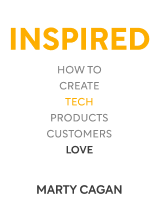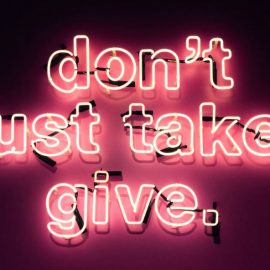

This article is an excerpt from the Shortform book guide to "Inspired" by Marty Cagan. Shortform has the world's best summaries and analyses of books you should be reading.
Like this article? Sign up for a free trial here .
What is story mapping in reference to product planning? How does the customer discovery process help you find reference customers?
There are two techniques you should use during the planning stage in product development: story mapping and customer discovery. Story mapping helps companies plan how to build products and customer discovery helps you find your loyal customers.
Read about each technique below.
Product Planning
Step two in the product discovery process is figuring out how to create the infrastructure necessary to get a product to market. This is the planning stage of the process. Useful techniques include story mapping and customer discovery.
Story Mapping
Story mapping is the creation of a more complex “to do” list. It’s a simple but useful technique that helps companies plan how to build products.
Create a 2D map of your product. From left to right along a line, place the activities your user can do on your product, basically in the order that they’ll do them. You might have dots like “open the app” or “sign in” near the beginning and “edit their profile” closer to the middle/end. Vertically, add the tasks necessary to make all of these activities work. The more complex the activity, the higher the vertical bar will be. This way, you can clearly see what to accomplish and what parts of your idea will be more or less difficult. As customers provide feedback on prototypes, you can add that to the map.
Customer Discovery
Customer discovery is a technique that helps to find reference customers, or customers who are loyal to the product. These customers are the lifeblood of any company—they help you determine how to market the product, and they help spread the word about it to similar customers. They are people who would pay for a final version of your product and like it enough that they would recommend it to friends. The process is generally more complex than story mapping.
As few as six reference customers can help your company grow exponentially. Before fully launching, a company should recruit between six and eight of these people. The best reference customers share these characteristics:
- They are in the company’s target market/audience.
- The product helps them solve a significant problem in their life.
- They are not obsessed with tech.
- They are willing to help the company and have the time to do so.
Recruit these customers either from existing users who have a problem they need to have solved, or from surveys that determine whether potential customers could use your product. Once you find these people, treat them like colleagues or partners rather than test subjects. You both need one another equally.
Prospective reference customers will be excited by the idea of having some input into the product. The product team can use the reference customers to test out their products before launch. The product manager needs to identify one solution that solves the problem that all reference customers had going into the test. Otherwise, it’s possible the solution will be too specifically tailored.
All of this is a lot of effort, especially for the product manager running all of this. But if you have six people at the end of it whose problems are truly solved and who are willing to go to bat for the company, this almost necessarily means that there are a lot more people in the target market who would benefit significantly from this.

———End of Preview———
Like what you just read? Read the rest of the world's best book summary and analysis of Marty Cagan's "Inspired" at Shortform .
Here's what you'll find in our full Inspired summary :
- A two-step plan for creating and sustaining successful technology products
- Why product managers are so important in product development
- How to avoid some of the biggest pitfalls that most tech companies fall into






